There is reason to believe the Carlile Family takes it origin in the Royal House of Scotland and has been connected by marriage with the Royal House of England, France and Norway.
There has been considerable uncertainty with the early Kings of Scotland, however, with the accession of the Scottish King Kenneth MacAlpine to the Pictish throne in A.D. 844, there is greater confidence with what is recored. It is from this point that we contend to begin the Carlile history, where the first 200 years is the History of the Scottish Royal Family.
Coat of Arms
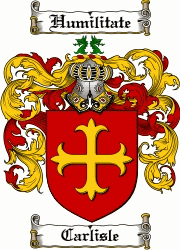
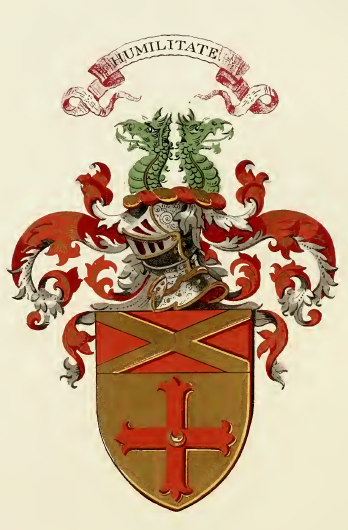
Armorial Bearings of James William Carlile, Esquire, D.L. (High Sheriff 1882). Second son of William Carlile of Brixton. The crescent in the cross means one who has been honored by the sovereign; hope of greater glory (horn to the chief).
Clan Facts
Carlyle (a.k.a. Carlisle) does not have a clan of its own and is a sept of the Bruce Clan (or Family of Bruce). The Family of Bruce motto is Fuimus, which means, ‘We have been’.
As a sept, we may wear the crest.
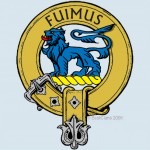
Since Sir William Carlyle married Lady Margaret Bruce, sister to Robert the Bruce 1st, King of Scotland, in the early 13th century, one can argue an entitlement case to wear their tartan. To take it one step further, David of Scotland, 8th Earl of Huntingdon had a daughter, Isobel, who married Robert de Bruce, the Noble, 4th Lord of Annandale. David is considered a Carlyle by way of his 4th Grandfather, Crínán of Dunkeld who married Bethóc, daughter of Malcolm II, King of Scotland. The Carlyle lineage branched with Crínán making David of Scotland and Sir William Carlyle cousins and further solidifying the entitlement argument.
This would also make Isobel, Lady Margaret Bruce’s great grandmother. Same holds true for Lady Margaret’s brother, Robert (1st) the Bruce, King of Scotland who was the 4th grandchild to David of Scotland. A founded argument that the Carlyle blood runs deep in the Family of Bruce.
The current Clan Chief is Andrew Bruce, 11th Earl of Elgin, who has held this title since 1968 and was previously the conveyor of the Standing Council of Scottish Chiefs.
Early History of Carlisle
According to Bowthius and John of Fordun, Carlisle existed before the arrival of the Romans in Britain and was one of the strongest British towns at the time. The earliest recorded inhabitants were the Carvetii tribe of Britons who made up the main population of ancient Cumbria.
The town was razed to the ground during Emperor Nero’s (Reign. 54 A.D. – 68 A.D.) military campaign against Britannia. This area was considered a strategic location overlooking the confluence of the Caldew and Eden rivers. Shortly thereafter, they built a fort and settled (c. 73 A.D.) in an area referred to by the Romans as Luguvalium or Luguwalion, a Celtic given name meaning ‘Strength of Lugus’.
Luguvalium, an area within the boundary of current day Carlisle, became a strong point for the Roman’s as they advanced to the North. By the 2nd century, their strong hold on Carlisle had grown, so did their control over the anti-imperial groups. This is intuited base on the reconstruction of the Fort at Carlisle in 79 A.D. and proving a more stable frontier, against the Picts. This frontier extended from Luguvalium and several other forts in a line east to Corbridge, referred to as the Stanegate frontier. Emperor Hadian visited the province in 122 A.D., which lead to his approving a defensive plan to build the Hadrian Wall the length of the Stangate frontier. To that end, a new fort, Petriana, the largest along the Wall, was constructed at Carlisle to house a 1000 calvary regiment.
Roman occupation is believed to have continued on and off up until about 400 A.D., where it eventually ended with Emperor Valentinian II (reign 375 – 392). This is evidence by coins excavated in the area.
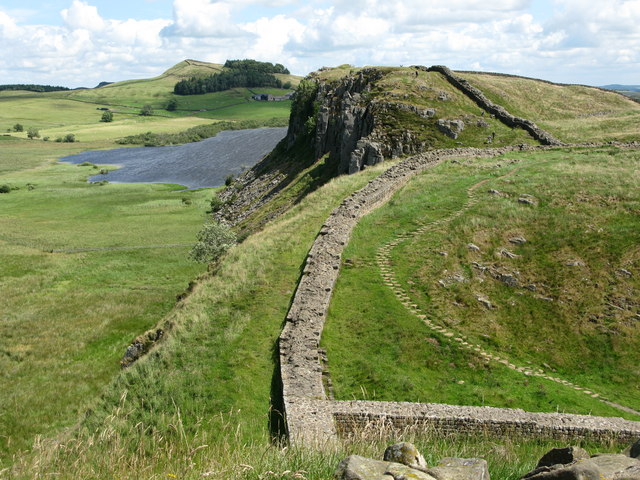
Use of the name continued by Brythonic speakers in The Old North and Wales, where caer (‘fort’) was added as a place-name. The name continued to evolve as noted in Nennius as Cair Ligualid, before the Book of Taliesin referenced it as Caer Liwelyδ. The earliest record of the location in English is as Luel (c. 1050). Later medieval forms include Cardeol, Karlioli and Cærleoil.
The Norman style motte and bailey Carlisle Castle was first built under the order of William II of England at the site of the old Roman fort of Luguvalium. The area was considered a part of Scotland when construction began in 1093. The English considered the area a strategic location in an effort to keep the border region secure from Scottish invasion.
The castle was rebuilt of stone in 122, with a keep and the city walls. The walls enclosed the city south of the castle and included three gates to the east, south, and north called the Irish or Caldew Gate, the English or Botcher Gate, and the Scotch or Ricker Gate respectively. The names of the gates exist in road names in Carlisle today. Carlisle Cathedral was founded as an Augustinian priory and became a cathedral in 1133.
The act of driving out the Scots from Cumberland (original name for north and west Cumbria) led to many attempts to retake the lands. The result of this was that Carlisle and its castle would change hands many times for the next 700 years. During the wars, the livelihood of the people on the borders was devastated by armies from both sides. Influences and protections from either country were marginal at best, leaving the people to their own accord when seeking security and enriching their lives at the expense of the other. Out of this period, Carlisle was the major city with the territories of people known as Border Reivers. Reive’s meaning is raid or “to plunder, pillage”.
Raiding occurred on both sides of the border and became such a nuisance to the Scottish and English governments that in 1525, the Archbishop of Glasgow Gavin Dunbar cursed all the reivers of the borderlands. The curse was detailed in 1,069 words, beginning: “I curse their head and all the hairs of their head; I curse their face, their brain (innermost thoughts), their mouth, their nose, their tongue, their teeth, their forehead, their shoulders, their breast, their heart, their stomach, their back, their womb, their arms, their leggs, their hands, their feet and every part of their body, from the top of their head to the soles of their feet, before and behind, within and without.”
Scot Royal House Ties and Beyond
The Carlile family pedigree can be tracked to Cináed mac Ailpin, who is better known as Kenneth I, the Conqueror, King of the Picts and the first king of Scots & King of Dál Riata. There is an ongoing debat over Kenneth’s kingship and his being a Scot, however, aside from the medieval genealogist and historians not being in agreement, there is good probability that Kenneth’s descent from the established Gabrán mac Domangairt, King of Dál Riata, Ulaid (North Ireland).
Malcolm II, King of Scots and the 5th grand-child to King Kenneth I, had a daughter named Bethóc. Bethóc, being the eldest and with no surviving brothers, therefore, the strongest hereditary claim to the Scottish throne descended through Bethóc. She married Crínán, Abbot of Dunkeld and had 2 children, King Duncan I of Scotland and Hildred (or Maldred), who was a knight. The Barony of Carlisle, on which the City of Carlisle is erected, the Manor of Cumwhinton and other lands belonged to Sir Hildred, confirmed by Earl Ranulph de Meschines of Carlisle and of Cumberland, King William Rufus, King Henry of England to mention a few.
Sir Hildred would later be referred to as Hildredus de Carliell, where that ancient surname descended to his posterity. A name that is found spelled 50 different ways during the time. Sir Hildred married Aldgitha of Northumbria, whose father was Earl Uchtred ‘the Bold’ of Northumbria and mother was Elgifa, daughter of the English King Ethelred the Unready.
Norse Connection
According to Orkneyinga saga, Malcolm III, King of Scots married Ingibiorg Finnsdottir, daughter of Earl Finn Anresson, a Norwegian nobleman and advisor to King Olaf Haraldsson and King Harald II of Norway. She was also niece to these Norwegian Kings, where they had a child who would later become King Duncan II of Scots.
The marriage secured peace in the north and west. This meant a peaceful relationship with the Earldom of Orkney that was co-ruled by his stepsons Paul and Erlend Thorfinnson by way of Ingibiorg’s previous marriage to Thorfinn Sigurdsson the Mighty, Earl of Orkney.
Tartans
According to The Scottish Register of Tartans, the following incomplete list of images represent the Carlisle and Bruce Tartans.
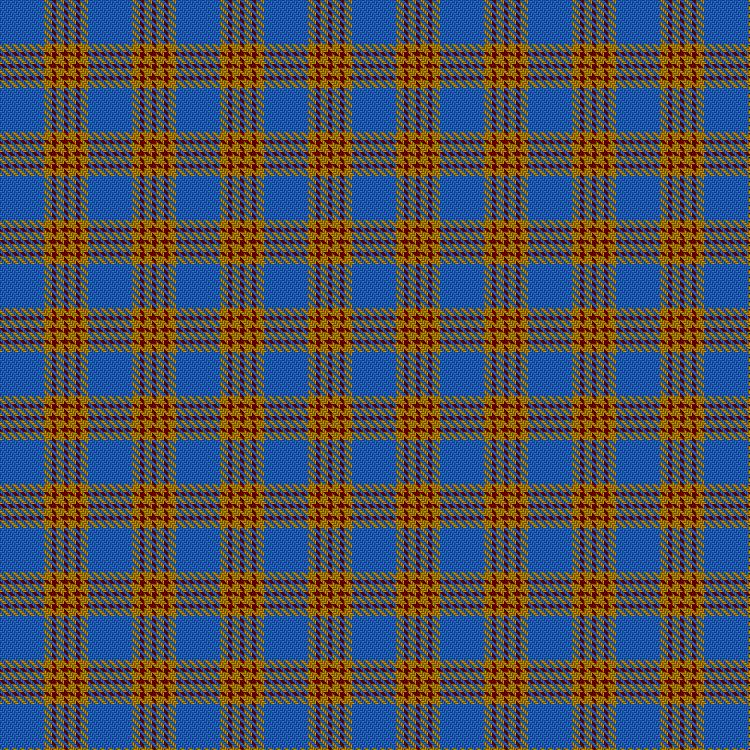
Carlisle Ancient was designed by C. Justus of North Carolina, 1/1/88 .

Carlisle (Family) – Sett was derived from the Coat of Arms, Christopher Justus, North Carolina (1988).
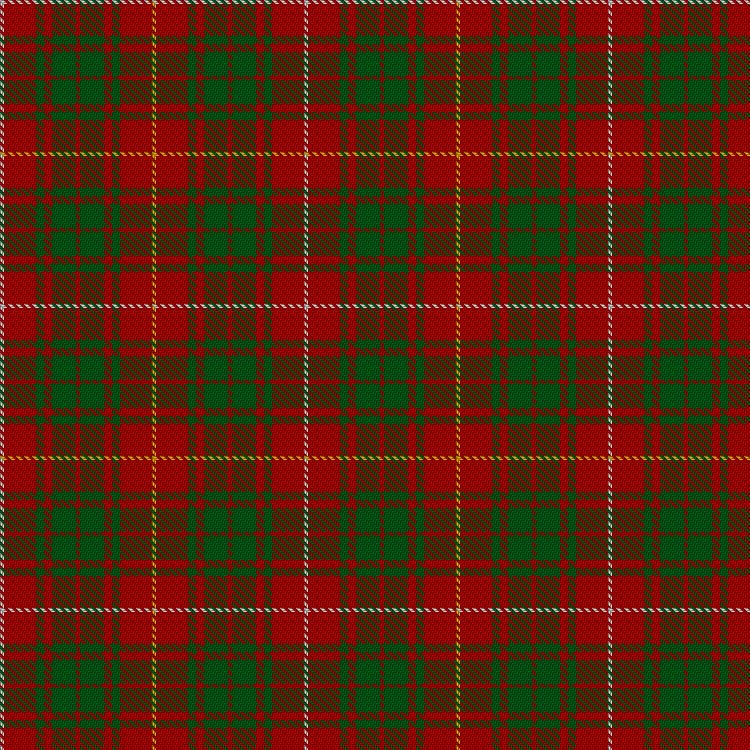
Bruce (Vestiarium) – Is believed to date back to 1571 based on lost evidence per Lord Bruce, Earl of Elgin in 1967.

Bruce Old – Dating back to c1770

King Robert the Bruce Memorial – Designed to commemorate King Robert the Bruce, who led the Scots in the battle for independence from England and remembering the victory of the Scottish army over King Edward and his English army in 1314. Colors: grey for the Scottish weather, black for the English defeat and red for the bloodshed in the battle.
Sources
- Ford, David Nash. “The 28 Cities of Britain” at Britannia. 2000.
- Scotland — History To 1603, genealogy
- “The Border Reivers – The Curse”. BBC Cumbria.
- “Why Was Welsh Literature First Written Down?” in H. Fulton, Medieval Celtic Literature and Society, Dublin: Four Courts Press (2005) ISBN 1 85182 928 8, pp. 15–31.
- Jackson, Kenneth (1953). Language and History in Early Britain. Edinburgh, UK: Edinburgh pp. 39.
- “Carlisle Castle”. English Heritage. Retrieved 19 September 2019
- Collections for a history of the ancient family of Carlisle. Carlisle, Nicholas
- History of the Carlisle Family
- The Historical History of the World (1907), vol xxi
- W.F. Skene’s Celtic Scotland, Vol I
- Family Records of the Bruces and the Cumyns
- https://www.tartanregister.gov.uk
- merriam-webster.com
This information was provided by Kelly Noonan, descended from Sir Hildred, son of Crínán, Abbot of Dunkeld on 11/22/2019 for expressed use of the Border Reiver Heritage Society.
For more information on the Carlisle name and Bruce Clan, please visit the Facebook page at https://www.facebook.com/groups/Carlisle/.
